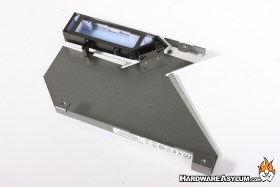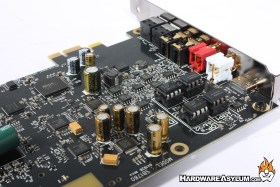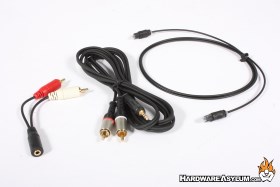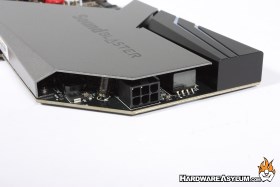Creative Sound Blaster AE-9 Ultimate Sound Card Review
Author: Dennis GarciaSound Blaster AE-9 Uncovered
In the world of computer hardware there are two types of PC enthusiasts. The first are generally interested in the components and will attempt to learn what they can to make the best decision. The second, well, we don’t talk about them much but suffice to say they would not be interested in what is being shown here.
As with any high end product it is fun to look under the covers and see what makes it work. The Sound Blaster AE-9 is a high-end sound solution that combines many offerings found in other Creative products. The most notable is replaceable Op-AMP modules which is something we saw with the Creative X7 and allows you to change and refine the audio your AE-9 reproduces.
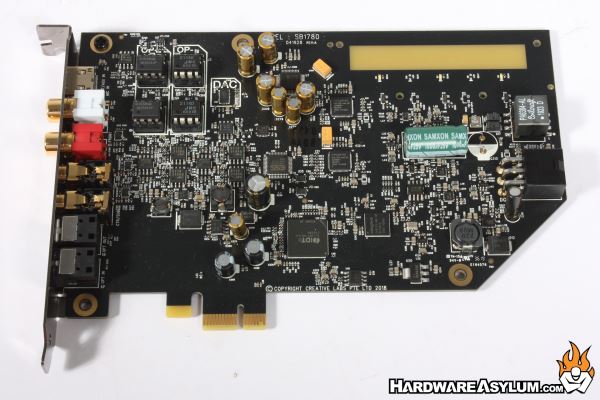
Looking at the PCB we can see a number of interesting things including a call out to the DAC chip location and a cluster of Nichicon “Fine Gold” capacitors supporting rich sound in the Bass region.
As I had mentioned before the Creative AE-9 has no RGB controller but does have some surface mount LEDs located at the top of the board to illuminate the logo on the reverse side of the PCB.
AE-9 once again upgrades the DAC to feature the ESS SABRE-class 9038 which increases the signal to noise ratio up to 129 dB with a 0.0001% THD. Encoding support is available with Dolby Digital Live and DTS.
A feature of the ACM is to give better access to the Xamp Bi-AMP discrete headphone amplifier that amplifies each audio channel individually with support for all types of headphones from professional 600Ohm down to in-ear monitors down to 1Ohm impedance.
Due to the use of a digital ACM the AE-9 will require additional power. The cable required is a PCI Express power connection used on current video cards. You’ll need to source this from your PSU as there is no adaptor included with the sound card. You will get three sets of cables, The first is a “Y” adaptor to bind the two RCA connections together into a single 3.5mm stereo jack. A full length cable that coverts 3.5mm stereo into two channel RCA (these are for your AUX inputs) and a single TOSLINK (Optical) cable for hooking into AV equipment.

